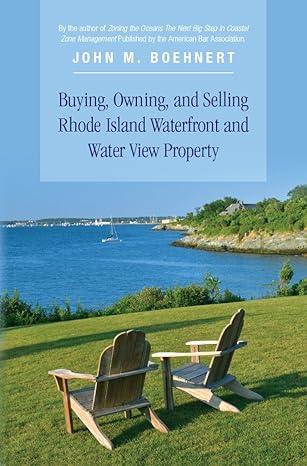Coastal Property vs. Inland Property: A Comprehensive Comparison
Investing in real estate is a significant decision that involves weighing numerous factors. One of the fundamental choices buyers face is whether to invest in coastal or inland properties.
Each type has distinct advantages and drawbacks that cater to different preferences, lifestyles, and financial goals.
This article will explore the key differences between coastal and inland properties, covering aspects such as cost, lifestyle, risk, and investment potential.
Cost Considerations
Coastal Property: Coastal properties generally command higher prices due to their desirable locations near beaches, oceans, and other water bodies. The premium paid for ocean views and immediate access to the water can be substantial. Additionally, maintenance costs for coastal properties can be higher due to exposure to salty air, humidity, and potential storm damage, necessitating frequent repairs and upkeep.
Inland Property: In contrast, inland properties are often more affordable. They are typically located farther from tourist attractions and natural water features, which reduces the price. Maintenance costs for inland properties tend to be lower, as they are less exposed to harsh weather conditions and the corrosive effects of saltwater.
Lifestyle and Amenities
Coastal Property: Living by the coast offers a unique lifestyle. Residents enjoy easy access to beaches, water sports, and a generally relaxed, vacation-like atmosphere. Coastal areas often have vibrant tourism industries, providing a variety of dining, entertainment, and shopping options. The aesthetic appeal of living near the water, with stunning sunrises and sunsets, also contributes to a higher quality of life.
Inland Property: Inland living can offer a different set of lifestyle benefits. These areas are often closer to urban centers, providing better access to jobs, educational institutions, healthcare facilities, and cultural amenities such as museums, theaters, and sports arenas. Inland properties are ideal for those who prefer a more stable, suburban or urban environment with less seasonal fluctuation in population and activity.
Risk Factors
Coastal Property: Coastal properties are more susceptible to natural disasters like hurricanes, tsunamis, and coastal erosion. Rising sea levels due to climate change also pose a long-term risk, potentially affecting property values and insurability. Owners must invest in comprehensive insurance policies, which can be costly.
Inland Property: While inland properties are not immune to natural disasters, they are generally less exposed to the severe impacts of coastal storms and flooding. Inland areas may face risks like tornadoes, earthquakes, or wildfires, depending on the region, but these risks are typically more predictable and can be mitigated through building codes and proper planning.
Investment Potential
Coastal Property: Coastal properties can offer significant investment returns, especially in high-demand tourist destinations. These properties can generate substantial rental income during peak seasons and tend to appreciate well over time. However, the market can be volatile, influenced by factors such as weather patterns, economic conditions, and environmental changes.
Inland Property: Inland properties often provide more stable and predictable investment returns. They tend to appreciate steadily and can offer consistent rental income, especially if located near employment hubs or educational institutions. The lower entry cost makes inland properties accessible to a broader range of investors.
Environmental and Social Impact
Coastal Property: The development of coastal properties can have significant environmental impacts, including habitat destruction, increased pollution, and strain on local resources. Additionally, coastal communities often face gentrification pressures, which can displace long-term residents and alter the social fabric of the area.
Inland Property: Inland development can also impact the environment, but the effects are often less severe compared to coastal areas. Sustainable building practices and smart urban planning can mitigate these impacts. Socially, inland communities may experience less dramatic shifts, maintaining a more consistent community structure.
Conclusion
Choosing between coastal and inland property depends on individual preferences, financial goals, and lifestyle aspirations. Coastal properties offer a unique living experience with high investment potential but come with higher costs and risks.
Inland properties provide affordability, stability, and accessibility to urban amenities, making them a solid choice for many investors and homeowners.
Ultimately, both coastal and inland properties have their unique charms and challenges. Prospective buyers should carefully consider their priorities and conduct thorough research to make an informed decision that aligns with their long-term goals.

